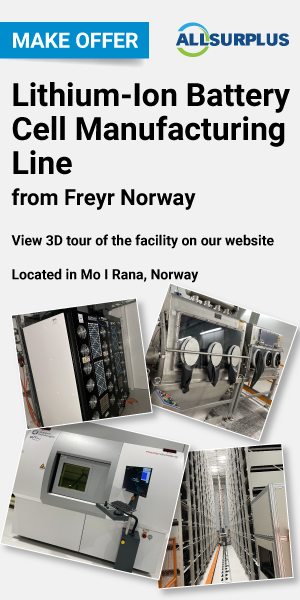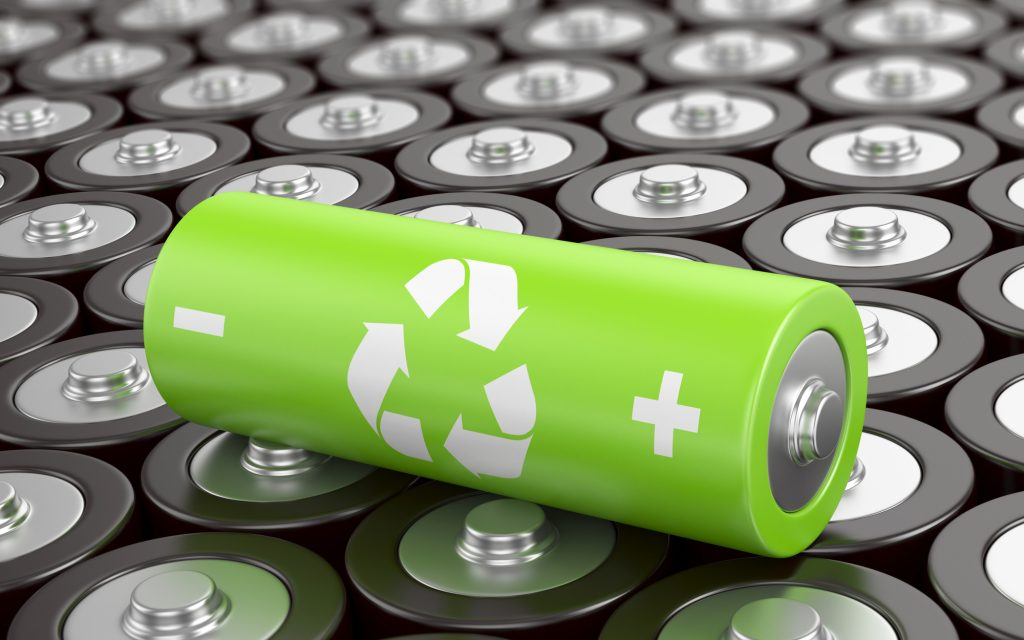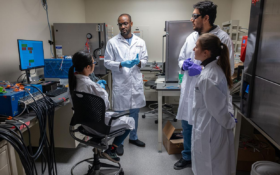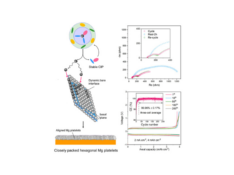Researchers at the Swedish university of Linköping have brought the dream of flexible batteries closer to realisation.
Ultra-flexible batteries, which can take any desired shape, have been a dream of many product designers. The researchers have found that using electrodes in a fluid form makes it possible to have a soft and conformable battery that can be integrated into future technology. Their study has been published in the journal Science Advances.
“The texture is a bit like toothpaste. The material can, for instance, be used in a 3D printer to shape the battery as you please,” says Aiman Rahmanudin, assistant professor at Linköping University.
Fluid electrodes have been tested in the past but without any great success, using liquid metals such as gallium. But then the material can only function as an anode and has the risk of being solidified during charging and discharging. Many of the stretchable batteries previously made have used rare materials that have a major environmental impact.
The Swedish researchers have based their soft battery on conductive plastics (conjugated polymers) and lignin, a byproduct from paper production. The battery can be recharged and discharged over 500 times. The electrode design concept relies on viscosity of a fluid rather than the Young’s modulus of a solid. This decouples the electrochemical and electrical function from the mechanical property of the electrode, leading to a redox-active electro fluid that can conduct ions and electrons to store energy while maximizing deformability and capacity.
“The battery isn’t yet perfect. We have shown that the concept works but we need improved performance. The voltage is currently 0.9 volts. We’ll look at using other chemical compounds to increase the voltage. One option that we are exploring is the use of zinc or manganese, two metals that are common in Earth’s crust,” says Rahmanudin.
Aiman Rahmanudin at Linköping University
Photo: Thor Balkhead












